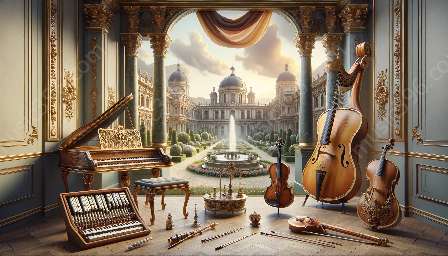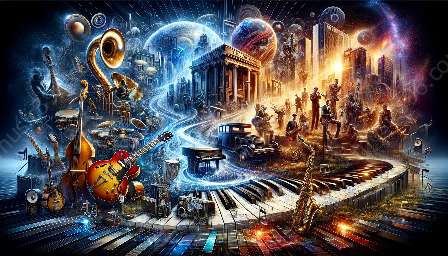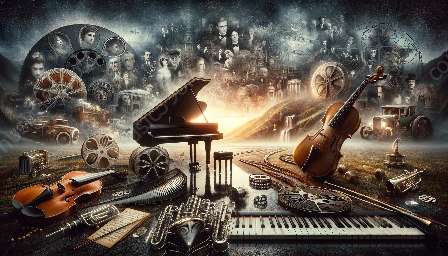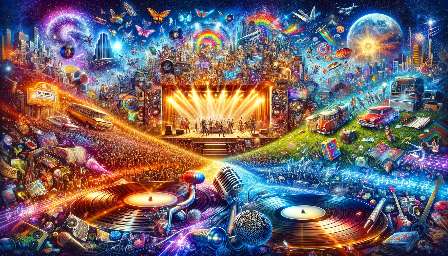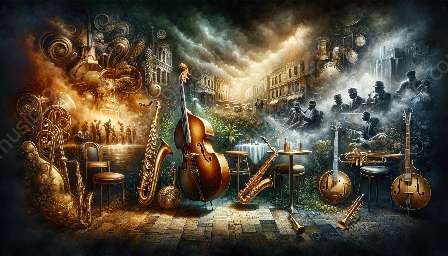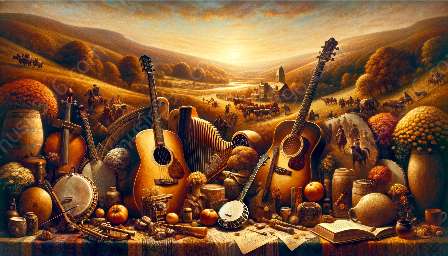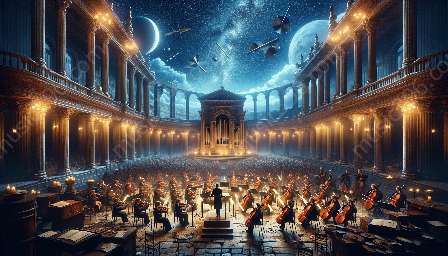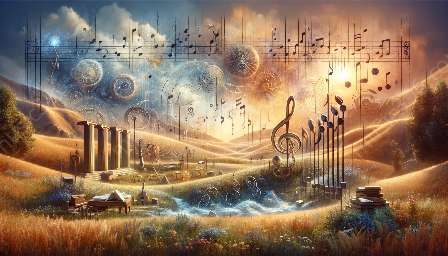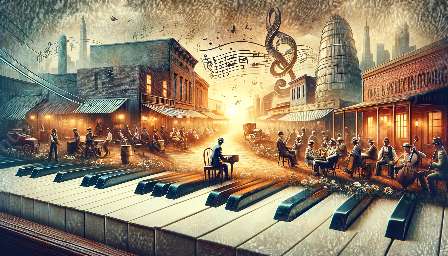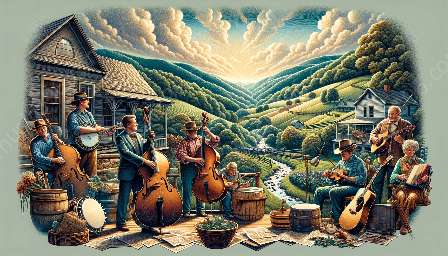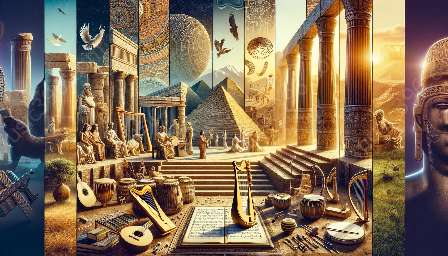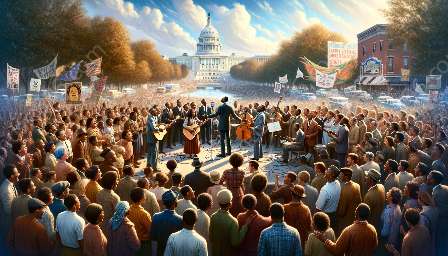The Baroque era was a time of great innovation and creativity in the world of music. The period encompassed a wide range of compositional techniques and innovations that have had a lasting impact on music history. In this article, we will explore the unique features that define Baroque music theory, its influence on the broader history of music, and its significance in the development of classical music as a whole.
Baroque Music History
The Baroque era, spanning from approximately 1600 to 1750, was a period of artistic and musical flourishing in Europe. It was characterized by rich and complex compositions, ornate musical ornamentation, and the emergence of new musical forms.
The development of Baroque music was closely intertwined with the cultural and artistic movements of the time, including the rise of opera, the development of instrumental music, and the patronage of wealthy nobility and royalty.
Compositional Techniques in Baroque Music
Baroque music is renowned for its elaborate ornamentation, intricate melodies, and complex harmonic structures. Some of the key compositional techniques that define Baroque music theory include:
- Contrapuntal Writing: Baroque composers often employed contrapuntal writing, a technique that involves the interweaving of multiple melodic lines. This technique gave rise to intricate harmonies and textures that are characteristic of Baroque music.
- Basso Continuo: In Baroque music, the basso continuo, also known as thoroughbass, provided a harmonic foundation for the music. It typically consisted of a bass line played by a low-pitched instrument such as a cello or bassoon, accompanied by a keyboard instrument playing the harmonies.
- Figured Bass: Baroque composers often utilized figured bass, a shorthand notation system that indicated the harmonies to be played above the bass line. This allowed for improvisation and embellishment, adding to the expressive nature of Baroque music.
- Doctrine of Affections: This influential concept in Baroque music theory posited that music should evoke specific emotions and sentiments. Composers used musical devices such as dissonance resolution, contrasts in dynamics, and expressive ornamentation to convey these emotional affectations.
Innovations in Baroque Music Theory
Baroque music saw several noteworthy innovations that contributed to its distinct style and enduring legacy. Some of these innovations include:
- Development of the Opera: The Baroque era witnessed the rise of opera as a prominent musical genre. Composers such as Claudio Monteverdi and Henry Purcell played pivotal roles in shaping the operatic form, integrating music, drama, and spectacle into a cohesive artistic expression.
- Emergence of Virtuosic Instrumental Music: Baroque composers explored new possibilities for instrumental music, leading to the development of virtuosic solo works for instruments such as the violin, harpsichord, and organ. This era produced celebrated virtuosos such as Antonio Vivaldi and Johann Sebastian Bach.
- Standardization of Musical Forms: The Baroque period saw the establishment of standardized musical forms and structures, such as the concerto, sonata, and suite. This formalization laid the groundwork for future developments in classical music.
- Compositional Mastery in Counterpoint: The Baroque era witnessed a refinement of contrapuntal techniques, leading to the creation of masterful counterpoint compositions. Composers such as Johann Sebastian Bach demonstrated unparalleled prowess in crafting intricate contrapuntal works.
Significance of Baroque Music Theory
The compositional techniques and innovations of Baroque music theory have had a profound impact on the broader history of music. The artistic achievements of Baroque composers continue to inspire musicians and audiences to this day, and the influence of Baroque music is palpable in numerous musical genres and styles.
Baroque music theory laid the foundation for the development of classical music, serving as a bridge between the Renaissance and the subsequent periods of musical evolution. The emphasis on ornamentation, expressiveness, and the fusion of instrumental and vocal music in the Baroque era has left an indelible mark on the music that followed.
Conclusion
In conclusion, the compositional techniques and innovations in Baroque music theory represent a pivotal chapter in the history of music. The distinctive features of Baroque music, including contrapuntal writing, the use of basso continuo, and the development of new musical forms, have contributed to the enduring legacy of the Baroque era. By understanding and appreciating the unique attributes of Baroque music theory, we gain insight into the rich tapestry of musical expression that has shaped our musical heritage.




